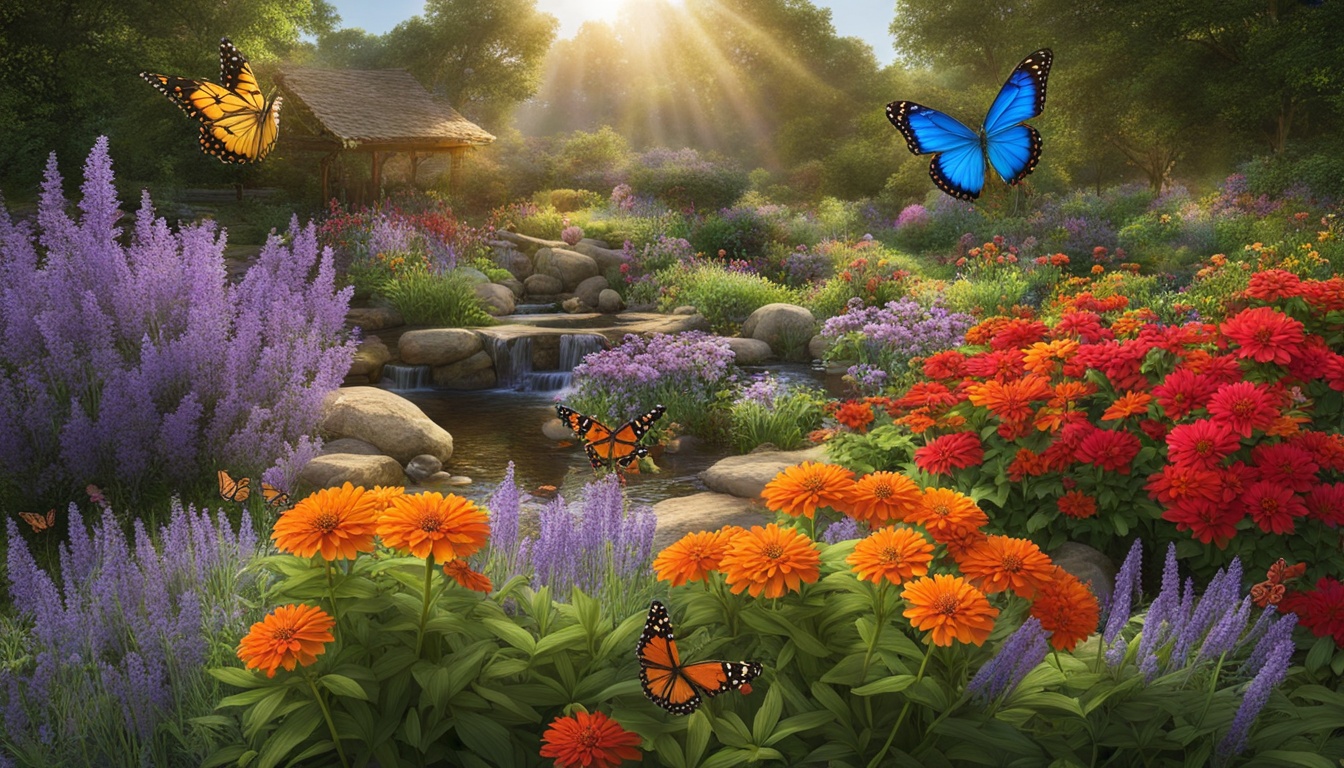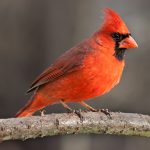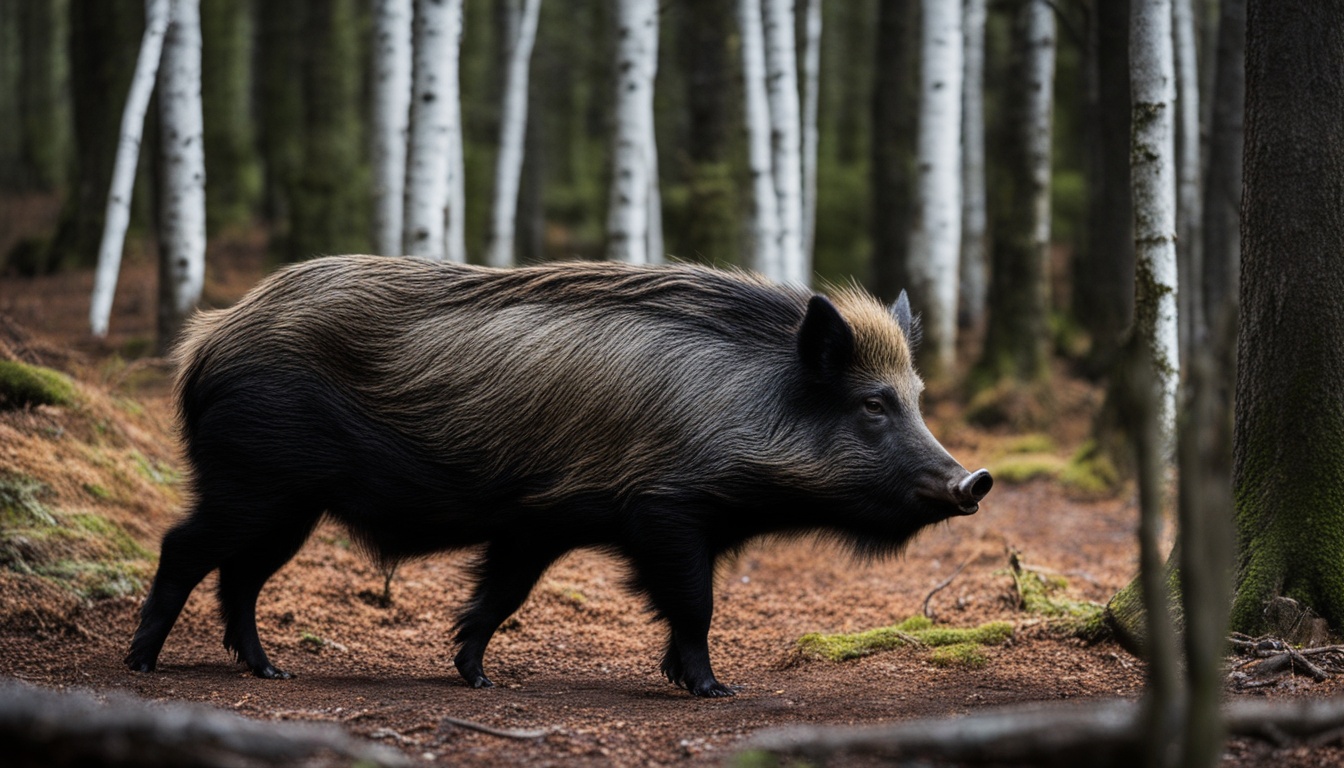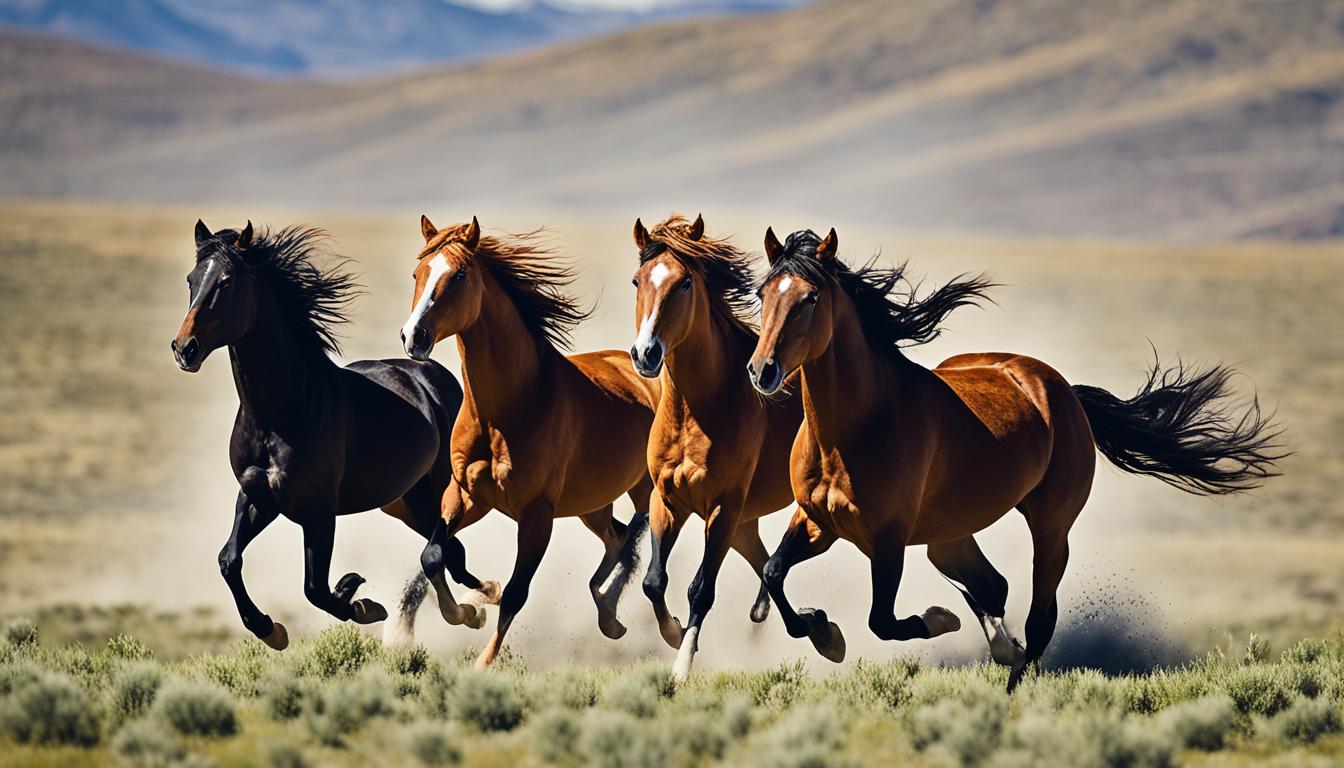Have you ever thought about making your garden a paradise for butterflies? With many butterfly species reducing in numbers, your garden can become a safe haven for them. This not only makes your outdoor space beautiful but also helps the environment.
To lure beautiful butterflies like Red Admirals and Painted Ladies, fill your garden with colorful, nectar-filled flowers. Include various wildlife-friendly plants and features too. Make sure your garden blooms year-round to support the pollinators. This way, your garden serves as a pathway for the local wildlife.
Understanding the Importance of Butterfly Gardens
Butterfly gardens are more than just pretty; they are vital for supporting bees and other pollinators. These gardens are rich in nectar. This helps butterfly species thrive, benefiting our entire ecosystem.
The Role of Butterflies in Pollination
Butterflies do important work. They can move pollen over big areas as they search for food. This pollen moving leads to more seeds and fruits, helping farms and natural areas grow. To help them, plant lots of flowers that attract butterflies in your garden.
Environmental Benefits of Attracting Butterflies
Having a garden that attracts butterflies does more than make your yard beautiful. It aids in saving butterflies that are becoming fewer in number. Such a garden also supports the life of other animals and plants, making our world healthier and more stable. By following tips for butterfly gardens, you help protect these special insects.
Choosing Native Plants for Butterfly Gardens
Building a butterfly garden involves picking the right plants. They should catch the eye of native butterflies and support their life. Choose native plants to help these beautiful insects thrive.
Benefits of Native Plants
Native plants have many benefits for butterfly gardens. They fit the local weather and soil naturally, needing less work. Plus, they offer what local butterfly species need to stay healthy and survive. This includes specific naturally adapted plants.
By planting species like milkweed and sunflowers, you’re doing good for the butterflies. These plants not only attract but also help the butterflies through their life stages.
Top Native Plants for US Butterfly Gardens
Key native plants are needed for a butterfly-friendly spot. Here are some of the best for US gardens:
- Milkweed (Asclepias spp.) – Crucial for Monarchs because it’s where they lay eggs and find nectar.
- Black-eyed Susan (Rudbeckia hirta) – With its bright yellow petals, it invites many butterflies.
- Sunflower (Helianthus spp.) – Not just pretty, sunflowers attract butterflies with their nectar and are easy to care for.
- Joe-Pye Weed (Eutrochium spp.) – Loved by butterflies for its sweet-smelling flower clusters.
- Goldenrod (Solidago spp.) – A great nectar source for late-season butterflies getting ready to migrate.
It’s wise to check out a nearby native plant nursery. They offer the best advice on what to plant for a vibrant butterfly garden. Their experts can help you choose the perfect butterfly-friendly plants for your area.
Essential Nectar Plants to Attract Butterflies
Adding key nectar plants is vital for your butterfly garden. Choose a variety of flowers that bloom at different times. This provides butterflies with nectar all year long.
Key Features of Nectar Plants
Pick flowers that are easy for butterflies to land on. These include ones with single, open blooms. They come in various colors, shapes, and sizes, making your garden beautiful.
It’s good to mix in both annuals and perennials. This keeps your garden inviting to butterflies throughout the seasons.
Popular Nectar Plants for Different Seasons
To make your garden appealing all year, add plants that bloom in different seasons. Here’s a plan:
- Spring: Begin with lavenders and dianthus.
- Summer: Next, add geraniums and milkweeds.
- Fall: Then, shift to goldenrods and asters.
- Winter in Mild Climates: Lastly, use ornamental fruit trees.
By choosing a variety of blooming flowers, you create a sanctuary for butterflies every season.
Host Plants: A Home for Caterpillars
Creating a butterfly-friendly garden starts with planting the right host plants. These plants are vital for the butterflies’ life cycle. Knowing what kind of butterflies are in your area will help you choose the best plants for them. This makes your garden a perfect place for them to grow and thrive.
Identifying Butterfly Species and Their Host Plants
Many butterflies need certain plants when they’re caterpillars. Monarchs, for example, lay eggs on milkweed, and Swallowtails prefer fennel and parsley. By learning about local butterfly species, you can choose the right plants. A mix of plants good for caterpillars leads to a more varied and strong butterfly community.
Planting Host Plants to Promote Butterfly Life Cycles
Setting up a good butterfly garden means strategically planting host plants. For example, clover, lilac, and hackberry are great for caterpillars. It’s also important to keep these plants safe from harmful chemicals. This ensures a safe space for young butterflies to grow.
Here’s a table with some common butterflies and what they like to eat:
| Butterfly Species | Preferred Host Plants |
|---|---|
| Monarch | Milkweed |
| Swallowtail | Fennel, Parsley |
| Red Admiral | Nettles |
| Painted Lady | Mallows, Thistles |
By doing these things, you’ll make your garden beautiful and help local butterflies. Adding the right host plants and flowers creates a perfect home for them. This is great for the butterflies and for enjoying your garden.
Designing a Butterfly Habitat Garden
Making a garden that butterflies love is more than just picking the right flowers. You need to think about how you lay out your garden and what you put in it. This is key to creating a space that welcomes these beautiful insects.
Garden Layout and Plant Placement
When planning your garden, think about where to put different plants. Mix in lots of flowers that have nectar and put them close together. This way, butterflies won’t have to fly far to find food.
Place taller plants and shrubs in the back. Put shorter plants and ground covers in front of them. This makes your garden look like it has different layers, which butterflies like.
Creating Shelter and Sunbathing Spots
Butterflies look for places to relax and warm up. Planting shrubs and grasses can stop the wind and keeps them cozy. Add flat stones and small rocks for them to bask in the sun.
Include these features in your design to offer butterflies quiet spots to rest. They need these places to get energy from the sun.
Adding a Butterfly House for Year-Round Shelter
A butterfly house in your garden provides a safe spot for butterflies. It’s especially needed during bad weather and when they’re not usually around. These houses mimic the natural shelters that butterflies use, giving them a place to rest, hide, and be safe from enemies.
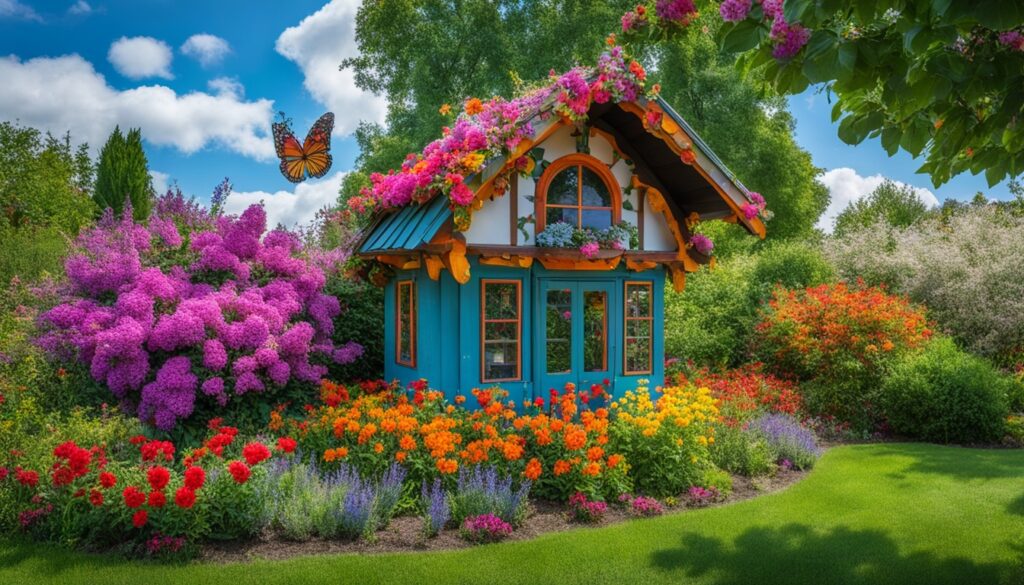
Types of Butterfly Houses
Picking a butterfly house means choosing from several types. Some look like tree bark, with thin openings, to help butterflies get inside. But, you can also find newer ones with more comforts like air holes and small platforms. All types aim to make a cozy, natural home for the insects.
Placement and Maintenance Tips
Where you put the butterfly house matters a lot. Hang it high, between 4-6 feet, in a spot that gets a lot of sun. It should face south to catch the most sun and warmth. Putting it by flowers with sweet nectar will make it even better for butterflies. And, don’t forget to add some twigs or tiny branches inside for them to sit on.
You also need to look after the house. Clean it now and then to stop mold and bugs. With good placement and care, you’ll have a great spot for butterflies. This will make them want to visit your garden more often and stay the whole year.
| Butterfly House Feature | Benefits |
|---|---|
| Narrow Slits | Mimics tree bark, easy access |
| Ventilation Holes | Improves air circulation |
| Internal Twigs | Provides resting spots |
| Optimal Height | Attracts butterflies, easy monitoring |
Providing Water and Puddling Spots for Butterflies
Adding water sources and puddling areas to your garden is key for attracting butterflies. Butterflies need them for minerals and water. You can create both natural and artificial spots for them to gather these resources.
Creating Natural and Artificial Puddles
After rains, natural puddles may form. If not, you can make your own. Fill shallow containers with sandy water. Place them in sunny spots. This setup attracts butterflies and makes your garden more inviting for them.
Importance of Minerals and Hydration
Minerals are essential for butterflies and they get them from wet soil and puddles. By keeping these spots in your garden, you help the butterflies get what they need to live. Make sure to keep these areas moist. This way, your garden will always be a welcome place for butterflies.
Encouraging Community Involvement in Butterfly Conservation
Butterfly conservation is something we can all work on together. It makes a big difference in our local nature. We should spread the word about how important it is to help butterflies. You can do this by talking to your neighbors and organizing activities. These activities should help people see why saving butterflies is a must.
To make a big change, think about banning pesticides in your area. Teach the community how harmful these chemicals are to butterflies. Urge everyone to switch to organic ways of gardening. Doing this helps make the space safer for butterflies and bees.
If you want to do more, get your community involved in local conservation projects. You could work with groups that protect nature or create butterfly-friendly areas in parks. Together, these efforts not only help butterflies but also bring people closer. Plus, showing how these projects are successful encourages more to join in. This way, we can make an even bigger impact on nature.

